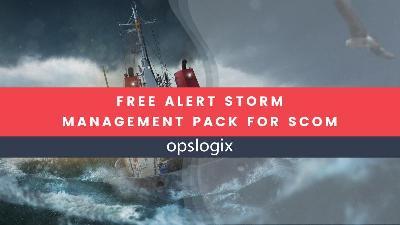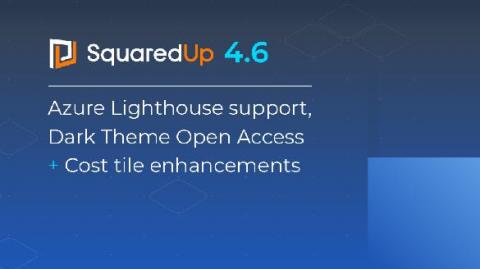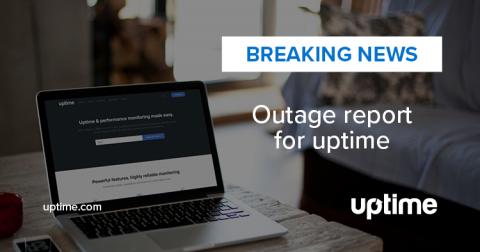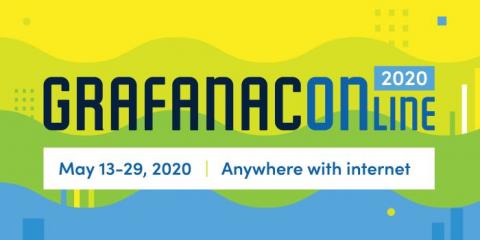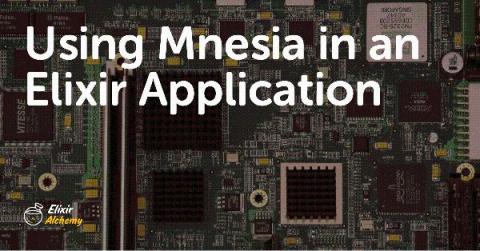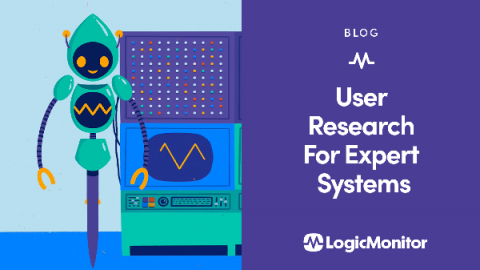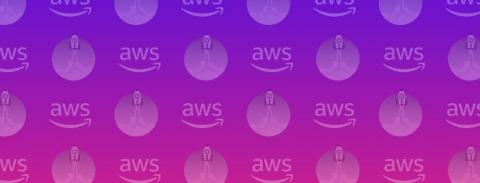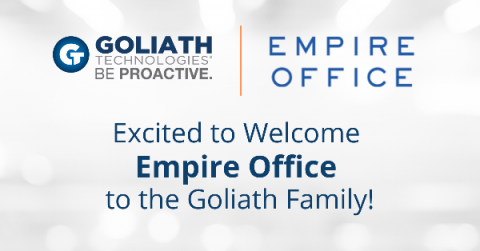Operations | Monitoring | ITSM | DevOps | Cloud
Latest Posts
SquaredUp 4.6 for Azure and SCOM is now available!
We are delighted to announce the latest versions of our Azure and SCOM products. In this blog I’ll share the highlights of what’s new, including an update to Open Access which is now available in both Light and Dark themes! This unprecedented time has changed our ways of working at SquaredUp. Everyone has settled into the rigors of working from home and our Product Engineering teams have done an outstanding job with version 4.6.
The Cost of Building an In-House Monitoring Solution for Metrics
Computing environments are constantly changing. Back when an on-premises server hosted your work, your infrastructure and applications were easy to track. Now that you’re developing in the cloud, things are more challenging. You’re learning that each team within your organization uses a different monitoring tool. At this point, you may be wondering if it’s time to build your own monitoring solution with open source tools at its core that everyone can use.
April 2020 Outage Report
We will always remember April 2020 as the month that a DDoS attack took the world’s most expensive bottle of whiskey offline. We barely knew ye. Dateline: April 2020, the world’s most expensive whiskey auction is taken offline by DDoS. But other notable outages taught us a lot about which threats dominate our landscape. Namely DDoS attacks, which are highlighting vulnerabilities organizations have with redundancy and threat mitigation.
GrafanaCONline Days 3 & 4 recap: All about Grafana v7.0, the future of Prometheus, and the observability tools every company needs
GrafanaCONline is live! We hope you’re able to catch the great online sessions we have planned over the next couple of weeks. If you haven’t had a chance to tune in lately, here’s what you missed on days 3 and 4 of the conference.
Using Mnesia in an Elixir Application
In today’s post, we’ll learn about Mnesia, see when you would use such a tool, and take a look at some of the pros and cons of using it. After covering the fundamentals of Mnesia, we’ll dive right into a sample application where we’ll build an Elixir application that uses Mnesia as its database. Let’s jump right in!
User Research For Expert Systems
I’d like for you to think of your favorite app that you use almost every day. What do you use it for and why? Next, I’d like for you to think of the last time the app had a major design change that made you think, “What was the company thinking? Why would they change something that worked perfectly fine and make it so unusable? Did they not consult actual users before making this change?”
How to deploy an app to AWS: App automation and optimization
Hey there. Welcome to the fifth and final installment in our series on successfully deploying an app to AWS with the least effort. This week, we'll discuss things you need to worry about now that you've released, plus optimizing your app. Ok, so you've released your app. Congrats! However, we both know your work doesn't end here. You should continue improving your app, both on the end-user side and the back end.
Introducing Rancher Academy
Today we launched the Rancher Academy, our new free training portal. The first course is Certified Rancher Operator: Level 1, and in it you’ll learn exactly how to deploy Rancher and use it to deploy and manage Kubernetes clusters. This professional certification program is designed to help Kubernetes practitioners demonstrate their knowledge and competence with Kubernetes and Rancher – and to advance in their careers.
Empire Office Selects Goliath Technologies to Gain Critical Insights into Remote Worker Trends
Goliath Technologies, a leader in end-user experience monitoring and troubleshooting software, announced today that it was selected by Empire Office to anticipate, monitor, and document Empire’s end-user experience across their Citrix environment.


